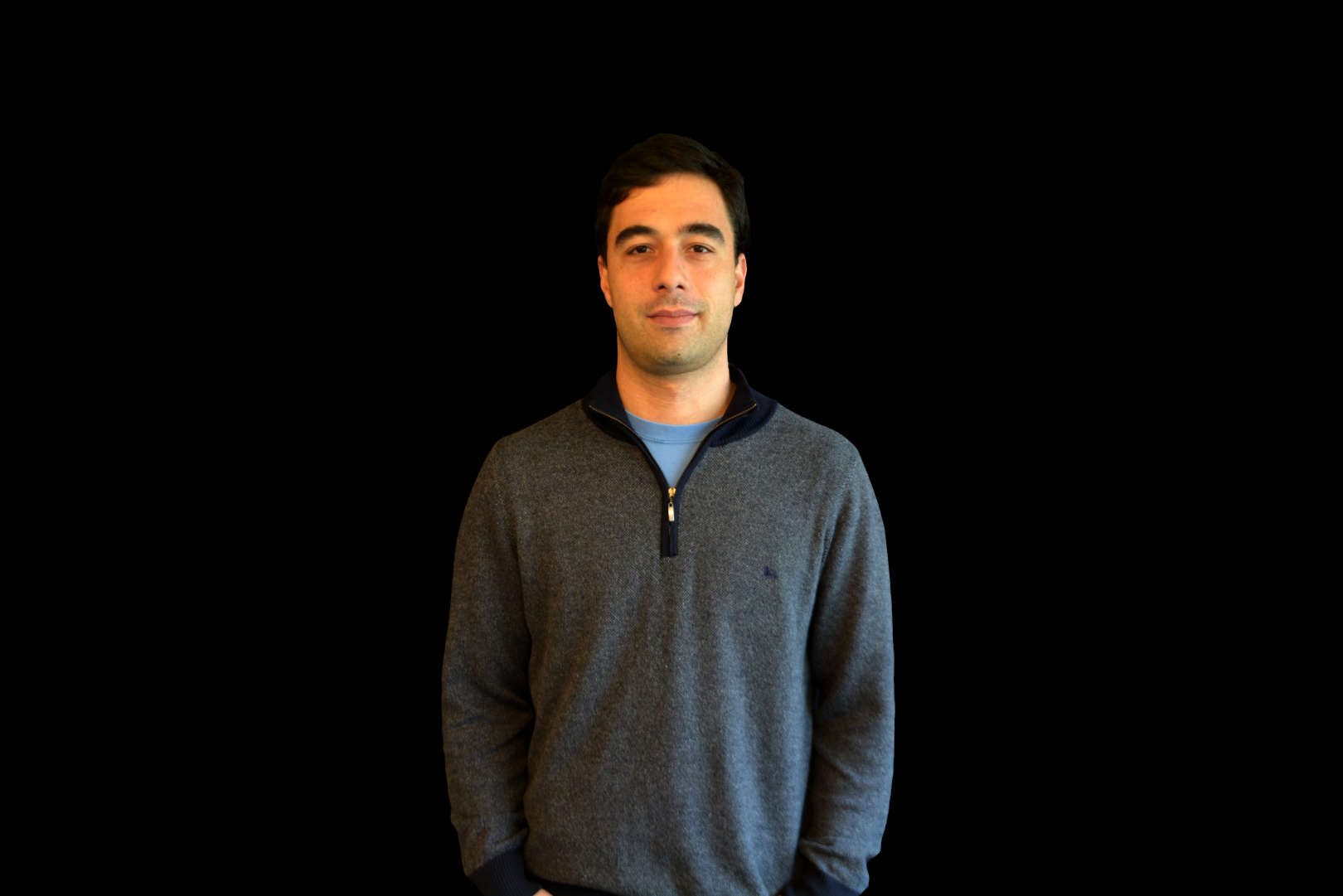About
Hugo Miguel Silva was born in Porto, Portugal 1979. He finished is lic. degree in Electrical and Electronic Engineering from ISEP Porto Polytechnic School in 2004. He pursue further studies and obtained his Master in Electronics and Computers Engineering, from IST University of Lisbon in 2008.
In 2009 he obtained a PhD Scholarship from Portuguese Science Foundation (FCT), and graduated (Phd) in Electronics and Computers Engineering, from IST University of Lisbon in 2014.
He currently works in INESC TEC as a senior researcher, where he is project member in several international FP7, H2020 (SUNNY, VAMOS) projects.
He is the main author of several research publications in the domains of computer vision and mobile robotics applications.


